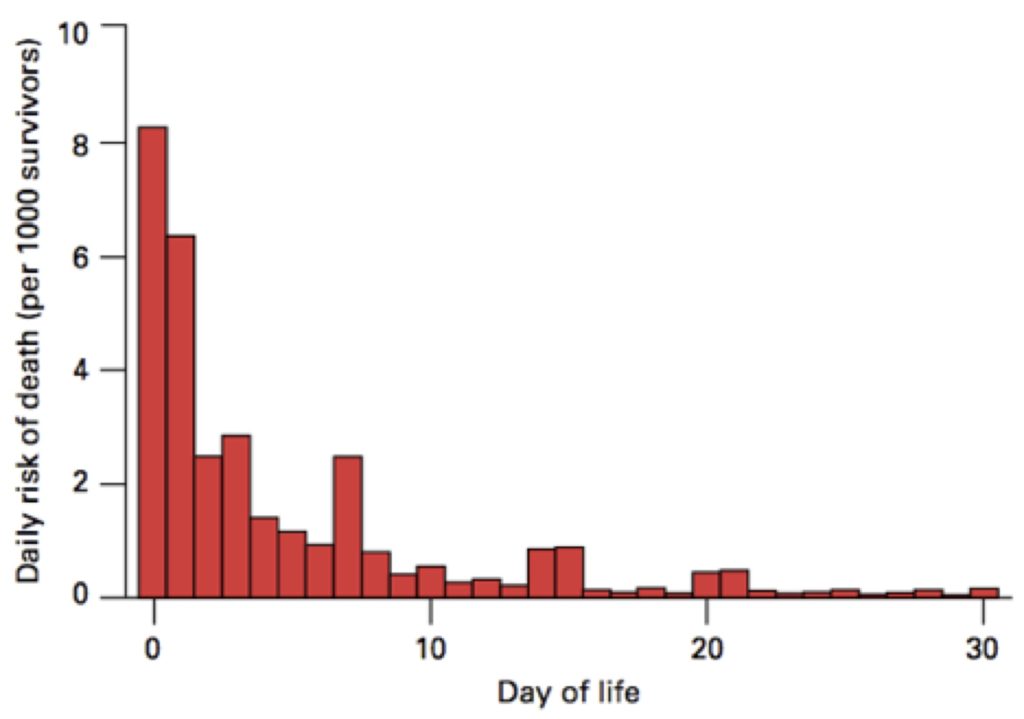
What has been the most dangerous day in your life? The first time you drove a car solo? Or maybe a particular football or hockey game? Population research demonstrates that younger age is highly correlated with risk of death. Most child deaths are infant deaths. Most infant deaths are neonatal deaths. Most neonatal deaths occur in the first week of life and most deaths in the first week occur on the day of birth. The day of birth is a uniquely vulnerable time, and one’s birthday is the most dangerous day of life.
This danger is especially great where poverty, inequality and societal unrest undermine maternal and newborn care. Poor maternal diet, inadequate housing, and lack of sanitation compound the dangers. Worse yet, complex humanitarian emergencies catalyze dramatic movements of people, including pregnant women and newborns, and compromise access to functional health systems. Low education levels, gender discrimination, and a lack of empowerment prevent women from seeking health care.
Reducing the danger from Day Number One requires not simply professional health services, but broad social interventions that address poverty, inequality and societal unrest. Responsibility for action must be equally broad. William Foege, an American epidemiologist credited with devising the global strategy that led to the eradication of smallpox in the late 1970s, makes this point quite powerfully: “Child mortality is a measure of civilization … not just for countries with high child mortality, but also for countries that could have changed the situation.”
